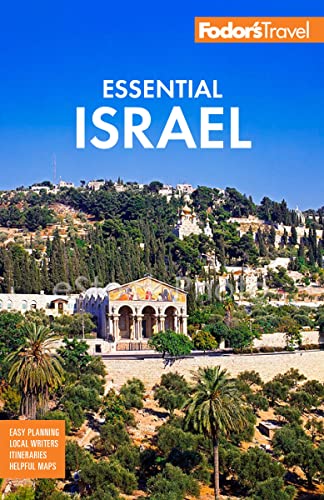Top Attractions in the Nile Valley
Temples. The Karnak Temples in Luxor are considered the "headquarters" for the main triumvirate of deities, Amun, Mut, and Montu, and is renowned for the immense hypostyle hall in the main complex. But more than a dozen other temples vie for "finest" or "best," depending on the criteria—see the Temple of Seti I in Abydos for its excellent carvings and colors, or Edfu as an example of the "Greek style." Each temple has a story to tell—stories of battles won and gods worshipped and of how, whatever was going on here on earth, the gods were the one constant in the lives of the people.
Tombs. Life after death was an integral belief of the ancient Egyptians, and the complicated and ornate tombs carved for the ruling dynasty display the engineering prowess and the dazzling wealth of artistic talent found in Thebes (Luxor) during the New Kingdom era. These tombs were where the carefully prepared mummies would be interred, and from where the pharaoh would start his journey into the afterlife. Art in the royal tombs depicts scenes from the Book of the Dead, while those in the Valleys of the Nobles and tombs of the workers have scenes of home, family, and everyday life in pharaonic Egypt. And, of course, one mustn't forget the Tomb of Tutankhamun—the only tomb yet found with its royal treasure intact.
River Trips. The languorous waters of the Nile have an almost magnetic appeal. Spend several days aboard a Nile cruise and your floating hotel will carry you close to all the major monuments. Luxor has wonderful waterside landscapes to explore, plus, the sunset over the West Bank here is exceptional. Crossing the river by ferry (large or small) brings you face-to-face with a slice of everyday life in Egypt.




